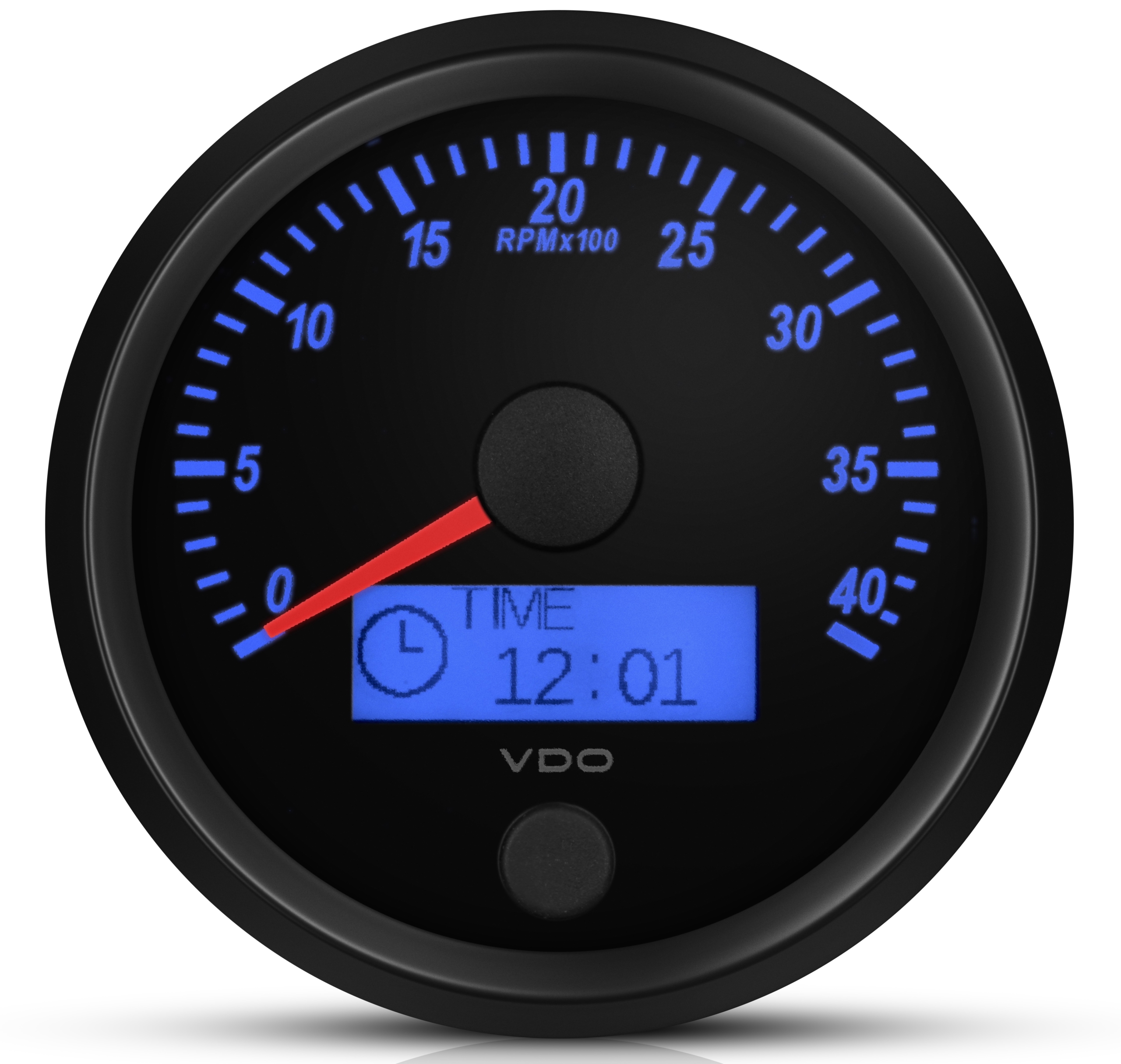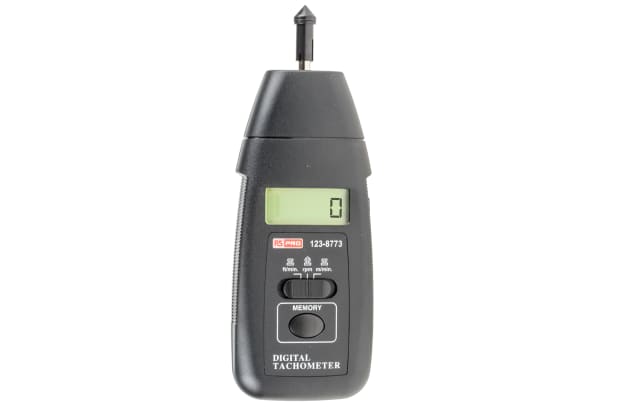Opening the Tricks of Tachometers: Whatever You Need to Know About This Essential Tool in Your Car
Comprehending the complexities of tachometers can offer valuable understandings right into your car's performance and upkeep demands. From measuring engine speed to decoding the information it provides, tachometers offer as an important tool for automobile owners and enthusiasts alike. By untangling the secrets behind this vital instrument, you can open a wealth of details that can improve your driving experience and guarantee the long life of your automobile.
Significance of Tachometers
The value of tachometers exists in their ability to give important real-time data regarding an engine's rotational speed, enabling for precise surveillance and maintenance of equipment. By determining the changes per minute (RPM) of an engine's crankshaft, tachometers supply important understandings into the engine's efficiency - tachometer. This data is necessary for guaranteeing that the engine runs within its optimal array, avoiding prospective damages from over-revving or underperforming
Tachometers play an important duty in helping operators and professionals discover any kind of anomalies in the engine's speed, which can suggest problems such as fuel inadequacy, mechanical problems, or extreme strain on the engine. By immediately recognizing these issues with tachometer analyses, upkeep can be performed proactively, stopping expensive fixings and downtime over time.
Additionally, tachometers are specifically crucial in high-performance cars and equipment, where specific control over engine rate is necessary for optimal operation. Racing automobiles, aircraft, and industrial tools depend on tachometers to provide peak efficiency while keeping safety and security criteria. Essentially, tachometers are not just instruments for measuring speed yet vital devices for ensuring the smooth and reliable operation of engines throughout numerous applications.
Exactly How Tachometers Measure Engine Rate
Using sensing units that find the regularity of electrical pulses created by the engine's ignition system, tachometers precisely measure the rotational rate of an engine. By checking the rate at which these pulses are obtained, tachometers give real-time comments on how quickly the engine's crankshaft is turning per min, frequently referred to as changes per minute (RPM)
The tachometer's sensing unit, typically attached to the engine's ignition coil or stimulate plug wires, selects up site link the electrical signals produced each time a cylinder fires. These signals are after that converted right into RPM readings presented on the gauge or tool collection within the motorist's sight. Tachometers can be analog or digital, with modern-day vehicles generally featuring electronic displays for exact and instantaneous RPM analyses.
This details is important for vehicle drivers to understand the engine's efficiency, prevent over-revving, enhance equipment changing, and guarantee reliable fuel usage. By properly measuring engine speed, tachometers play a crucial role in helping vehicle drivers operate their cars securely and successfully.
Interpreting Tachometer Analyses
Having a clear understanding of how tachometers gauge engine speed sets the structure for successfully translating the RPM analyses showed. Translating tachometer readings is critical for ideal car performance and engine wellness. When the engine is idling, the tachometer needle normally rests around 600-1000 RPM, depending on the vehicle.


Tips for Utilizing Tachometers Properly
To improve driving efficiency and enhance engine performance, what trick techniques can be implemented for successfully using tachometers? Tachometers are critical tools that provide real-time comments on engine speed, making it possible for drivers to make educated decisions for much better efficiency - tachometer. Here are some ideas for using tachometers effectively:
Recognizing Optimal RPM Range: Familiarize yourself with the ideal RPM (Changes Per Min) array for your lorry. Keeping the engine within this reference range can enhance fuel effectiveness and lengthen the engine's life-span.
Changing Equipments at the Right Time: Make use of the tachometer to establish the ideal time to shift gears. Objective to shift gears when the RPM reaches the optimum array for the following equipment.
Keeping An Eye On Engine Anxiety: High RPMs for extended periods can strain the engine. Keep check out here an eye on the tachometer to stop over-revving, especially throughout velocity or when bring heavy loads.
Tachometers and Vehicle Upkeep
When taking into consideration automobile upkeep, tachometers play an important role in monitoring engine efficiency and identifying possible problems. Tachometers offer essential information on engine speed, allowing vehicle drivers and technicians to guarantee that the engine is operating within the advised RPM variety. Frequently monitoring the tachometer analyses can assist identify issues such as engine misfires, worn-out trigger plugs, or problems with the fuel distribution system. By paying interest to the tachometer, chauffeurs can stop extreme pressure on the engine, which can lead to costly repair services down the line.
In addition to finding potential problems, tachometers can additionally aid in maximizing fuel effectiveness. By maintaining the engine rate within the optimal variety, vehicle drivers can improve their gas mileage and decrease gas intake. This not only benefits the motorist's wallet but likewise adds to ecological conservation by lowering dangerous exhausts.
Conclusion

Comments on “Tachometer Fundamentals: Whatever You Need to Know for Accurate Readings”